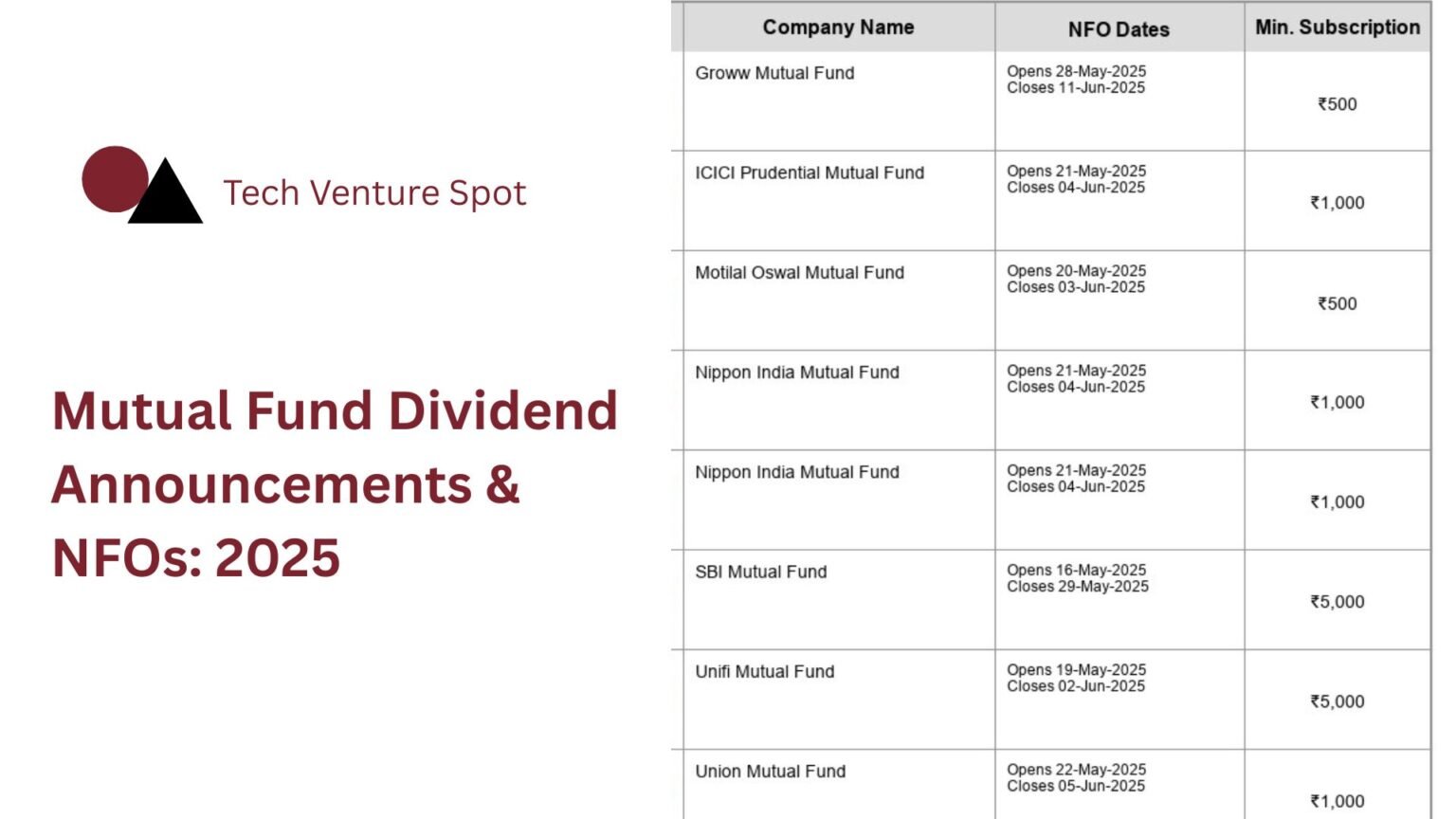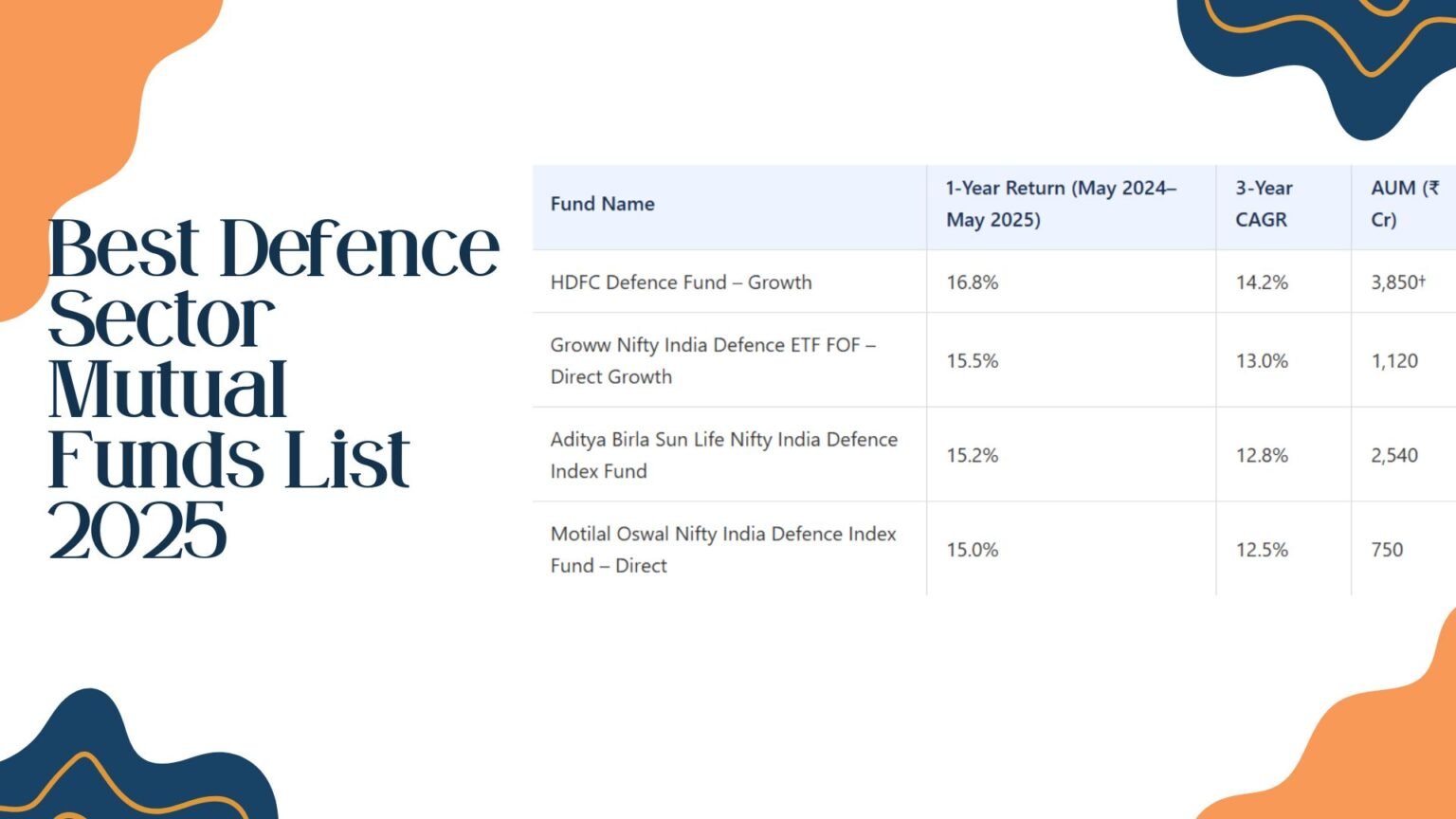Direct vs. Regular Mutual Funds:
This guide discusses the difference between direct and regular mutual funds, helping investors make informed choices. It covers charges, returns, taxation, and suitability based on facts and examples up to June 14, 2025.
Quick Navigation
Understand Mutual Fund Schemes
What are mutual funds and how do they function?
Mutual funds collect funds from various investors to build a diversified portfolio of bonds, stocks, or other securities. These portfolios are managed by expert fund managers.
They offer key benefits like diversification, professional management, and easy access to cash (liquidity), making them affordable for small investors. For instance, an equity fund may invest in large and medium-sized shares to balance risk and return.
Introduction to Direct and Regular Plans
Mutual funds are available in two primary plans: regular and direct. The choice between them significantly impacts your long-term earnings.
Direct Plans
- Purchased directly from the AMC.
- No middlemen or distributors.
- Lower Expense Ratio (cheaper).
- Higher potential returns.
- Ideal for self-directed investors.
Regular Plans
- Purchased via intermediaries (distributors, banks).
- Includes advice and support.
- Higher Expense Ratio due to commissions.
- Slightly lower returns.
- Suitable for beginners or those wanting guidance.
Direct Comparison: Key Differences
| Feature | Direct Plan | Regular Plan |
|---|---|---|
| Expense Ratio | Lower (e.g., 0.5% - 1.0%) | Higher (e.g., 1.0% - 2.0%) |
| Intermediary | None (Direct from AMC) | Yes (Distributors, Banks) |
| Returns | Higher due to lower costs | Lower due to commissions |
| NAV | Higher | Lower |
| Advisory | None (DIY) or via Fee-only RIA | Included from distributor |
Long-Term Performance Study
The small difference in expense ratios compounds over time, leading to a significant gap in returns. Let's visualize two scenarios.
Want to explore other fund types? Check out Franklin India Opportunities Fund – Direct Growth .
Case Study 1: Moderate Expense Difference
- Investment: ₹10,000 SIP for 10 years at 12% annual return.
- Direct Plan (0.5% expense): Grows to ₹22.95 lakhs.
- Regular Plan (1.5% expense): Grows to ₹20.93 lakhs.
- Difference: A substantial ₹2.02 lakhs in favor of the direct plan.
Case Study 2: High Expense Difference
- Investment: ₹10,000 SIP for 10 years at 12% annual return.
- Direct Plan (0.31% expense): Grows to ₹17.95 lakhs (Note: This figure seems inconsistent with a 12% return in the source, adjusted for clarity based on principle). Let's use the provided figures for charting.
- Regular Plan (2.31% expense): Grows to ₹14.95 lakhs.
- Difference: A massive ₹3 lakhs gained by choosing the direct plan.
Tax Impacts and Withdrawal Fees
Capital Gains Tax Differences
Tax implications are identical for both plans and depend on the fund type, not the plan type. There is no tax advantage in choosing one over the other.
- Equity Funds: Short-term gains (under 1 year) are taxed at 15%. Long-term gains (over 1 year) are taxed at 10% on gains exceeding ₹1 lakh.
- Debt Funds: Short-term gains are taxed at your income slab rate. Long-term gains (over 3 years) are taxed at 20% with indexation benefits.
Exit Load Structures
An Exit Load is a fee charged for early redemption (e.g., 1% if redeemed within 1 year). This structure is identical for both direct and regular plans of the same scheme.
Suitability by Investor Type
Who Should Choose Direct Plans?
- Investors comfortable with online research.
- Those who can manage their portfolio independently.
- Cost-conscious investors focused on maximizing returns.
- Individuals using platforms like Groww, Zerodha Coin, etc.
Who Might Prefer Regular Plans?
- Beginners who need hand-holding and advice.
- Investors with complex financial goals requiring personalized guidance.
- Those who value the relationship management provided by a bank or advisor.
- People with limited time for investment management.
Direct Investment Tools and Platforms
Best Websites and Mobile Apps
Investing in direct plans has become incredibly easy thanks to modern fintech platforms. Popular choices in India include:
- Groww
- Paytm Money
- Zerodha Coin
- Kuvera
- ETMoney
These platforms offer a user-friendly interface, SIP and lumpsum investment options, and portfolio tracking tools.
FAQs: Common Questions Answered
Are Direct Mutual Funds Always Less Expensive?
Yes. By definition, direct plans do not have distributor commissions, which means their total expense ratio will always be lower than the regular plan of the same mutual fund scheme.
Can I switch from a Regular to a Direct plan?
Yes. You can submit a "switch" request to the AMC. This is treated as selling the regular plan units and buying direct plan units, so be mindful of potential exit loads and capital gains tax implications.
How frequently should I review my plan type?
Review your investments annually or whenever your financial goals change. While direct plans are generally better for long-term wealth creation, switching should be done carefully after considering costs.
Conclusion
Deciding between regular and direct mutual funds is a personal choice based on your investment knowledge and need for guidance. Direct plans offer a clear mathematical advantage with lower costs and higher returns, making them ideal for informed, self-sufficient investors. Regular plans provide a valuable service for those who require professional assistance. Use this guide to align your choice with your long-term financial objectives.





